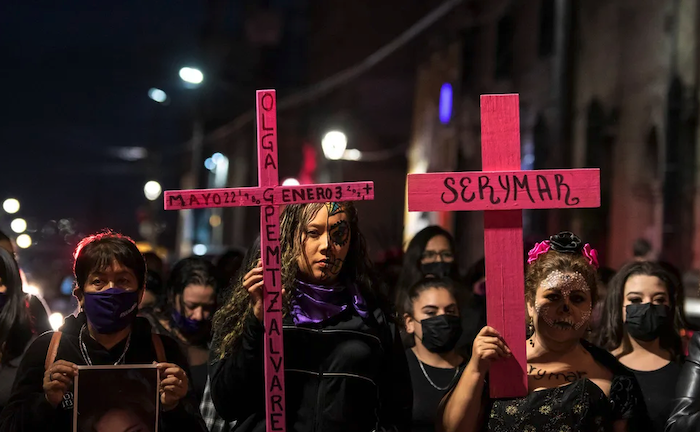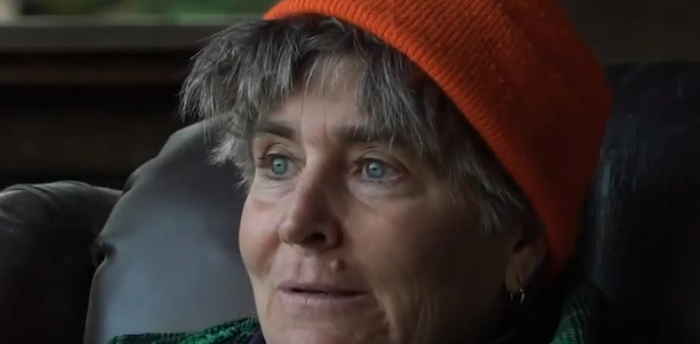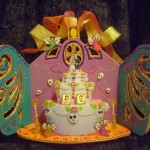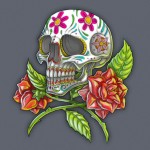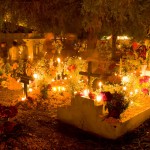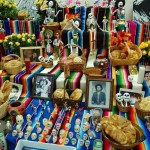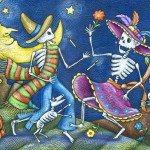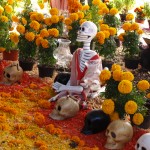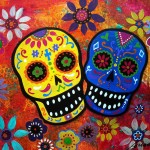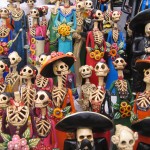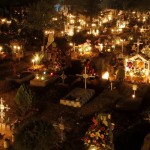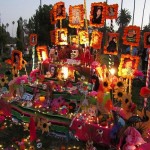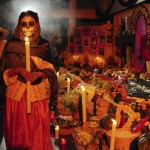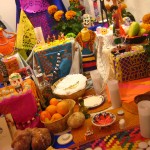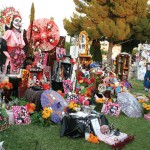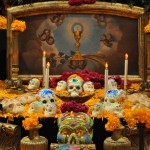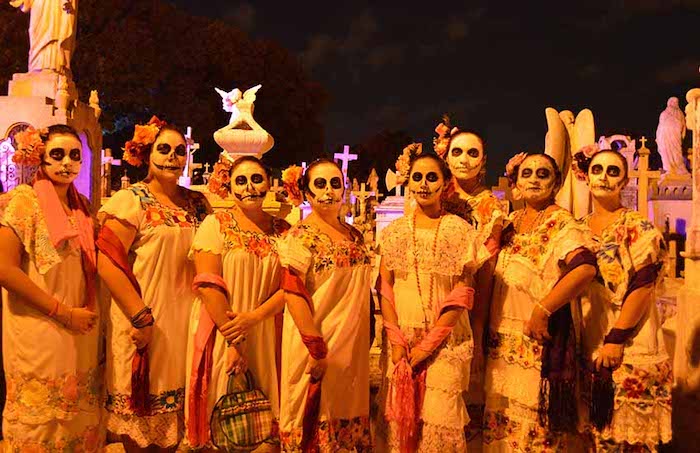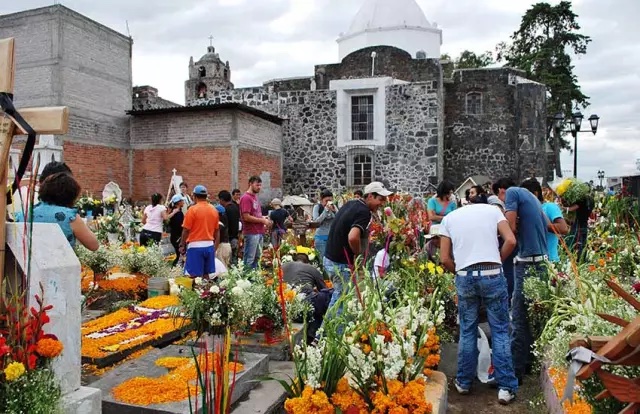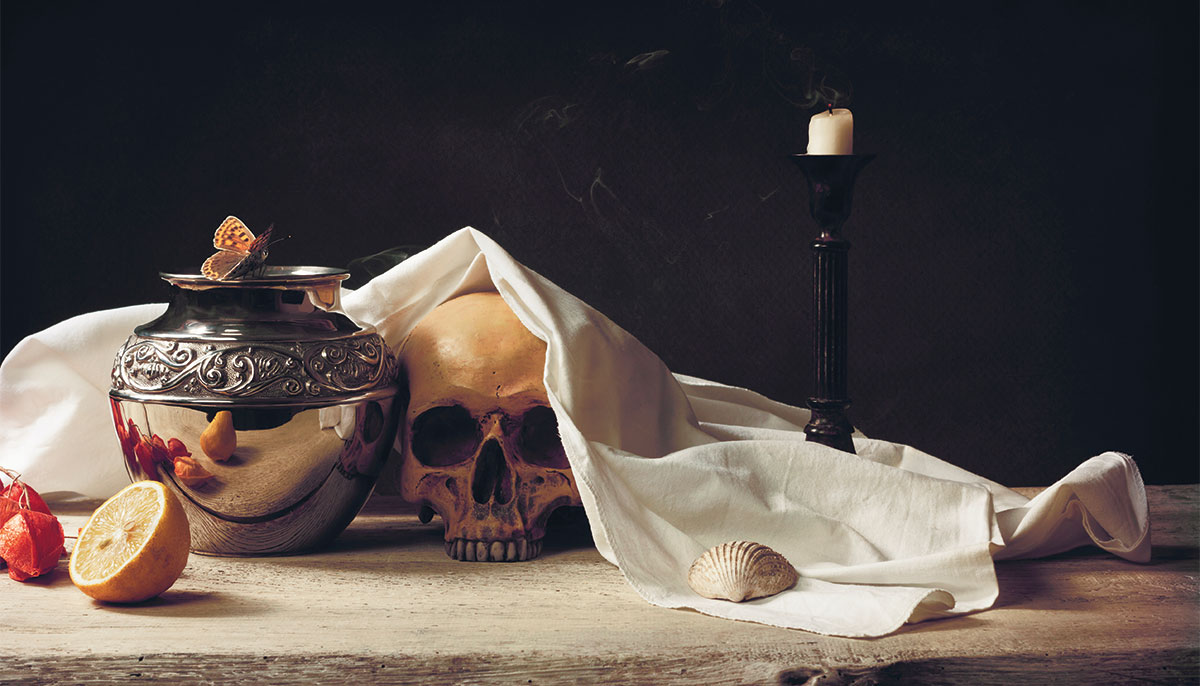In a flurry of streaming television shows, the departed get a second chance. And viewers find an outlet for sorrow and remorse.
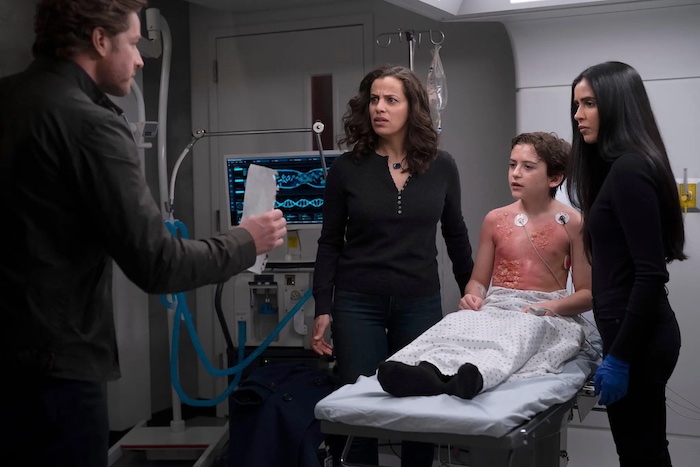
In “Manifest,” a series streaming on Netflix, Michaela, one of the show’s more candidly troubled characters, turns up with her companions after a lengthy, unexplained absence to be reunited with their families.
She ought to be ecstatic. But her reactions more aptly reflect the Kübler-Ross model of grief, some of its stages — denial, depression and anger — mingling on her features, along with a slow-dawning acceptance. As she tells Jared, her former fiancé, “Part of me wishes we hadn’t come back at all.”
Her response seems relatable. Mourning her life as she knew it, Michaela is one of some 200 passengers on the Montego Air Flight 828, who have mysteriously vanished only to return five years later, not a day older and sound of body but freighted with all manner of weighty emotional baggage.

That tale is but one in a rash of streaming series finding new audiences in the midst of a lingering pandemic, luring viewers with the suggestion that the boundary between life and death may be porous indeed. The departed get a new purchase on life in “Glitch,” an Australian offering in which the long-expired denizens of Yoorana, a fictional community in the Australian outback, stagger back to their homes, bodies still caked with the soil from their graves.
“The 4400,” focused on the undead but with none of the zombie horror effects, shows the newly risen wielding oddly assorted superpowers. In “The OA,” a fable-like iteration of the resurrection theme, the heroine has perished many times over, blind in one incarnation but gifted in another with an extraordinary second sight. Death itself is illusory, she assures a young school friend. “I think you are always somewhere.”
There is “The Returned,” an American adaptation of “Les Revenants,” a decade-old series about the long-gone members of a French Alpine village intent on picking up the shards of their lives, unaware that their near and dear have long since moved on. And “Katla,” an Icelandic production in which the deceased resurface in the shadow of an active volcano, seeking to salve emotional wounds.
At a time when people are grieving not only their dead, but lost jobs, opportunities and daily routines, the appetite for such fare seems especially poignant. Reveries, sci-fi fantasies or meditations on life’s great mysteries, these shows offer viewers little in the way of resolution but hold out a promise of redemption, reunion and, not least, a chance to muse on their mortality.
“Death has been a more omnipresent force in our lives in the last 18 months than it has been in our lifetimes,” said Steve Leder, the senior rabbi of the Wilshire Boulevard Temple in Los Angeles and the author, most recently, of “The Beauty of What Remains,” about the nature of bereavement.
“Death is no longer something we can banish to the basement of our psyches,” Rabbi Leder said. “It is that broomstick pounding on that basement ceiling, demanding: ‘What about me? Pay attention. I must be reckoned with.’”

Such shows offer, as well, a chance for viewers to confront, or at least contemplate, their most nagging anxieties. “These shows are our version of a roller coaster, a death-defying ride with the things you fear most.” said David Kessler, whose most recent book, “Finding Meaning, The Sixth Stage of Grief,” explores the reverberations of loss.
“When people are grieving, one of their greatest fears is that they’re going to forget about the person they have lost,” Mr. Kessler said. “We don’t want to move on because that feels like abandoning those we love.”
There is scant chance of that in the latest shows, many of them defunct network series revived for streaming at an eerily opportune time. “We live in the world’s first death-free generation, meaning that many people live into their 40s before experiencing the death of a parent, sometimes even a grandparent,” said Alan Wolfelt, a death educator and grief counselor.
“In a mourning-avoidant culture such as ours watching these shows is, in part, a rehearsal,” he said. “They permit audiences to mourn and to acknowledge the reality of their own death.”
Yet they raise more questions than they can or care to answer. What makes us special? Do we, as in the case of “Manifest,” return with a mission or calling? Are there others like us? Are we in danger, or are we among the chosen? Will we get the chance of a do-over?
Matters of faith are underscored in “Manifest,” as when a startled passer-by drops to her knees at the sight of Cal, the youngest and most insightful of the Flight 828 returnees, chanting, “He is risen.” For people eager to regain some semblance of certainty in a disordered time, these stories exert a powerful pull.
“We’re a very mastery-oriented culture, always wanting answers,” said Pauline Boss, an emeritus professor of family social science at the University of Minnesota and the author of “Ambiguous Loss in a Time of Pandemic and Change.”
“With the spread of the virus, those answers are not necessarily forthcoming,” Dr. Boss said. “We don’t know if we can trust the person at the grocery store, whether or not they have been vaccinated. People are dying apart from their families, and those families may be feeling no sense of closure.
“What we have now is this whole host of ambiguous losses: loss of life, loss of jobs and loss of faith that the world is a safe place.”
“Manifest” will return for a fourth and final season, though Netflix has not announced a date. Peter Friedlander, who heads Netflix scripted series in the United States and Canada, said the series resonates with viewers because of their insatiable craving for mystery.
“It scratches that itch, trying in some way to hypothesize about the great unknown, to explore the notion of revisiting unfinished business,” Mr. Friedlander said. Such fare is a balm as well for people dealing with regret, he suggested, those eager to extract a message of hope from apparently meaningless, ungovernable events.
Sean Cohen, 27, a digital artist in Chicago who posts “Manifest”-inspired illustrations on Instagram, finds solace in the series. “It creates this whole story of how everything that happens is connected,” he said in a direct message on Instagram. There is also the emotional uplift, he said, “of seeing the passengers come together to help one another as the mystery unfolds.”
The show also captivates Princess Louden, 25, a dancer and graduate student in social work in Los Angeles. “‘Manifest’ technically is about something that could never happen,” Ms. Louden said. “It’s not like aliens are invading the planet. But it leaves a little room for all kinds of possibility. That’s what draws me in.”
The show is pure escapism, said Audra Jones Dosunmu, 52, a talent manager in the fashion and entertainment industries. “But there is also the idea that ‘There but for the grace of God go I.’”
“In a way I think of these shows as crisis pornography,’” Ms. Dosunmu added. “People like to see others going through things that they could never manage. But if that makes them feel thankful and better about their own lives, it’s a good thing.”
Many of the shows offer the tantalizing possibility of rescue and redemption, reassuring fans that, as is repeated like a mantra on “Manifest,” “all things work together for good. …”

On “Manifest,” the risen heed inner voices urging them to acts of heroism. Michaela responds to a “calling” to free two teenagers trapped in a killer’s lair. In “Glitch,” a young woman sets out to confront her rapist and murderer. In “Katla,” estranged sisters, one of them dead, work at mending their frayed relationship; and in “The Returned,” a serial killer in a former life learns to rue and curb his lethal impulses.
These shows explore the prospect of a second chance, of tackling unfinished business, revisiting relationships, and dealing with regret, Mr. Friedlander said. “They let you look at the choices you’ve made and reflect on your priorities and values.
“It’s that sliding-door scenario that asks, ‘What if I could say one more thing to that person I’ve lost?’”
Complete Article ↪HERE↩!



